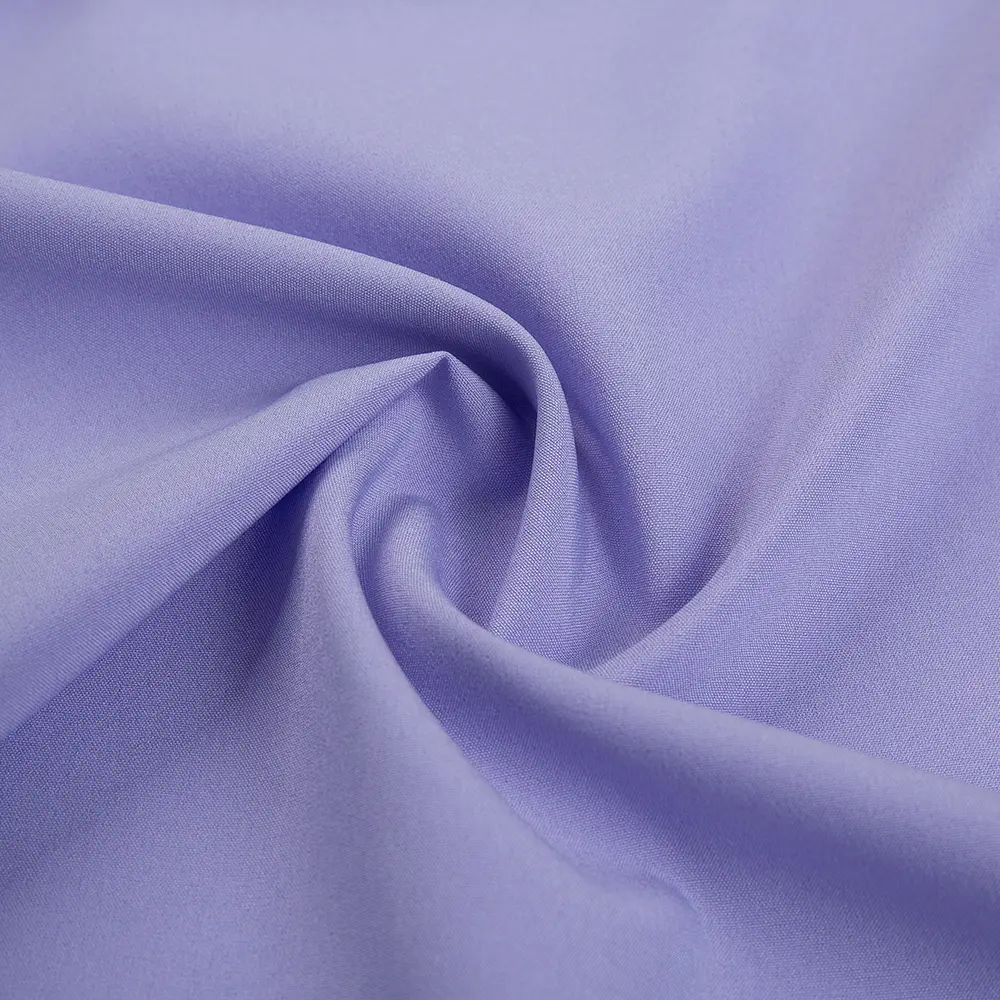Polyester spandex fabric, like other synthetic textiles, is generally known to be non-biodegradable under normal environmental conditions. Here are some key points regarding its biodegradability:
Composition: Polyester spandex fabric is primarily composed of synthetic polymers like polyester (polyethylene terephthalate, PET) and spandex (polyurethane). These synthetic fibers are designed to be durable and resistant to degradation.
Environmental Degradation: In natural environments, polyester spandex fabric does not readily biodegrade because microorganisms that typically break down natural fibers like cotton or wool do not recognize synthetic fibers as a food source. As a result, polyester spandex can persist in landfills and marine environments for extended periods.

Factors Affecting Biodegradation: Factors such as exposure to UV radiation, moisture, and mechanical abrasion can contribute to the breakdown of polyester fibers into smaller particles over time. However, this process does not constitute true biodegradation where the material is broken down into simple organic compounds by microorganisms.
Microplastics: A concern with polyester spandex and other synthetic textiles is the shedding of microplastics—tiny particles of synthetic fibers that can enter ecosystems and potentially harm aquatic life and enter the food chain.
Research and Innovation: There are ongoing efforts to develop biodegradable alternatives to conventional polyester, such as bio-based polyesters or polyester blends with natural fibers that enhance biodegradability without compromising performance.
In summary, while polyester spandex fabric is durable and versatile, its synthetic nature limits its biodegradability in natural environments. Efforts in textile research are focused on improving sustainability through recycling programs and developing more eco-friendly alternatives to synthetic fibers.











